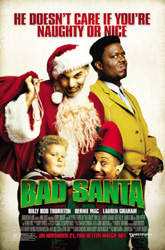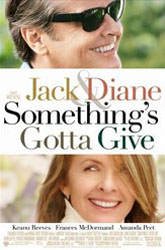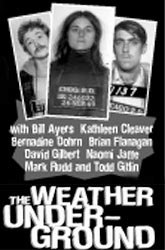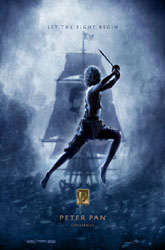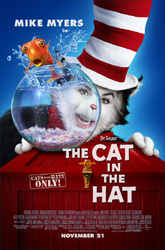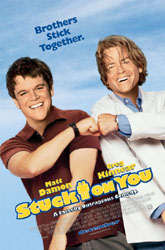 Director:
Peter Farrelly
Bobby Farrelly
Starring:
Matt Damon
Greg Kinnear
Eva Mendes
Wen Yann Shih
Cher
Seymour Cassel
Griffin Dunne
Release: 12 Dec. 03
IMDb
|
Stuck on You 
BY: DAVID PERRY
Although not as charming as Shallow Hal or as funny as
There’s Something About Mary, the seventh film from filmmaking siblings
Peter and Bobby Farrelly, Stuck on You, continues the trajectory of their
career, as their comedy becomes a little more muted (this is mute
considering that their previous jokes have included mistaking bull semen for
cow’s milk and using human semen for hair gel) and much more pleasant. I
like their charming side, and have always felt compelled to their films even
though their production credits (Outside Providence and Say It Isn’t So)
have been consistently bad.
Still, Stuck on You isn’t as complete a film as their other works because,
as they up the ante in telling a moral, they forego much of the humor that
put them on the map. Outside of the song number during the credits, nothing
in the film ever comes near their finest comedy, from Dumb & Dumber’s blind
kid buying a dead bird to My, Myself & Irene’s walked upon father oblivious
to his wife’s adultery despite having three black kids. The jokes rarely
provoke the same amount of guffaws, but their intentions seem even more
compelling.
After all, this seems to be somewhat personal. Although they do not suffer
from the same handicap, the Farrelly brothers haven’t been seen as anything
more than a pair. They are like the directorial equivalent of Laurel and
Hardy or Abbot and Costello -- together it is perfect, but apart marginal.
Having a film about twins who have been conjoined since birth may not seem
like comedy fare, but this is the Farrelly brothers, and, regardless of the
limitations of a premise, chances are they’ll find a way to make it
humorous, even if it means projecting some of their own frustrations on the
screen.
Now, I’m not theorizing that there’s a Walt (Kinnear) and Bob (Damon) in
Peter and Bobby Farrelly, but that they do empathize with the characters’
dilemma in some way. Still, these are two guys from Rhode Island who have
hit it big as filmmakers but still haven’t shrugged off their rural New
Englander attitude.
What they do share, I have little doubt, is the brotherly love that is found
underlying the comedy in Stuck on You. These Walt and Bob may get on each
other’s nerves much of the time, and their disagreements may verge on
fisticuffs, but ultimately, they share a devotion to each other that is
symbolized in the layer of skin holding them together and the liver they
share (mostly on Bob’s side; a great way to explain why Walt looks older
than Bob since the actors have a seven year age difference). They have spent
their lives working as one -- even if they go through the surgery for
separation, one has little doubt that they will still come back to each
other like magnets.
Inside their tale of fraternal devotion is the Farrellys make a snide
comment on Hollywood and the industry that has made them semi-recognizable
names. Best of all, they criticize celebrity (embodied here by Cher in a
terrific self-effacing performance), television, and the audiences that
obsess over both, with the type of Nor’easter smugness that even a
Southerner would find it polite.
While this may not seem like the best way to pronounce a comedy as worthy of
seeing, Stuck on You charmed the socks off me. For all its failed jokes, and
odd bits of storytelling, the impression that it made was valuable. I have
little doubt that the Farrelly brothers, conjoined in their artistry, have
many more great comedies to come.
 |
